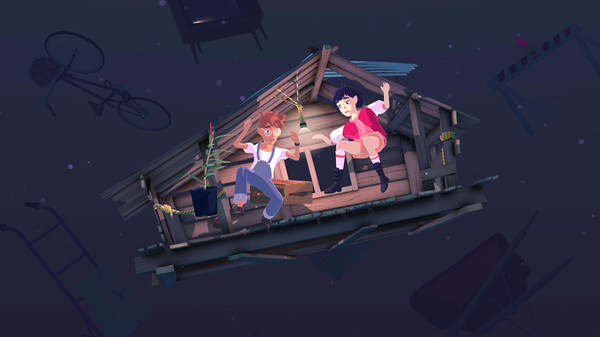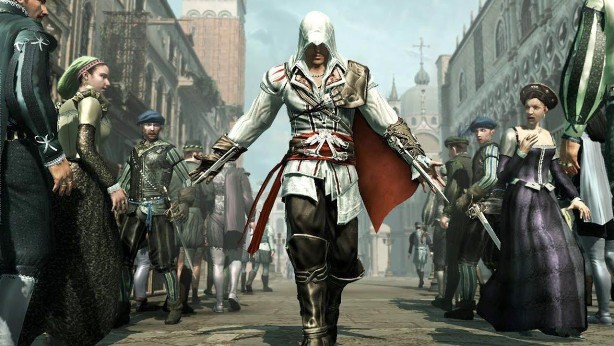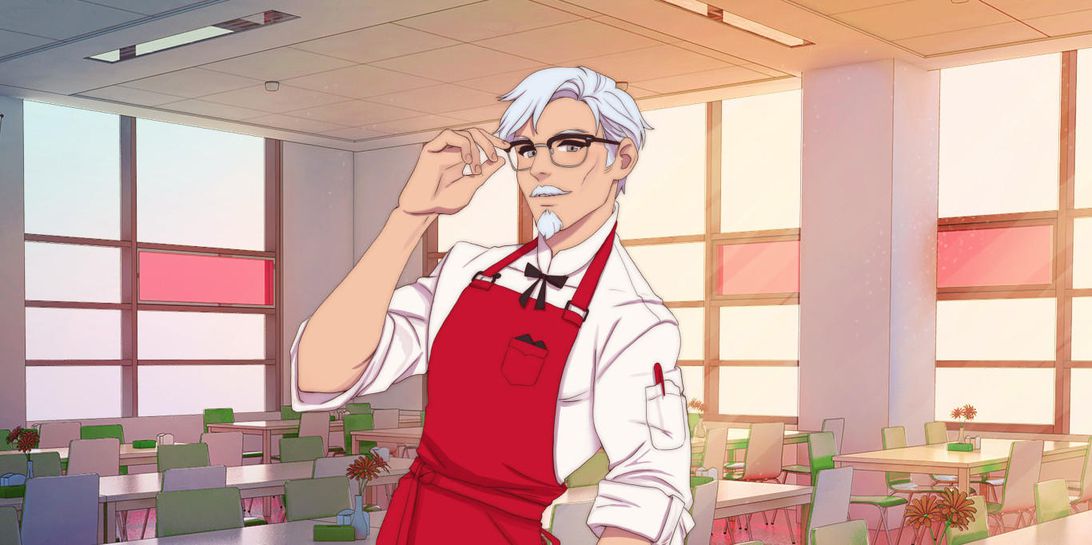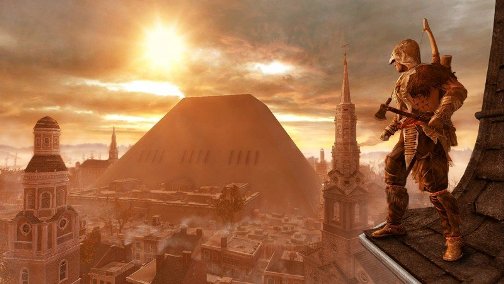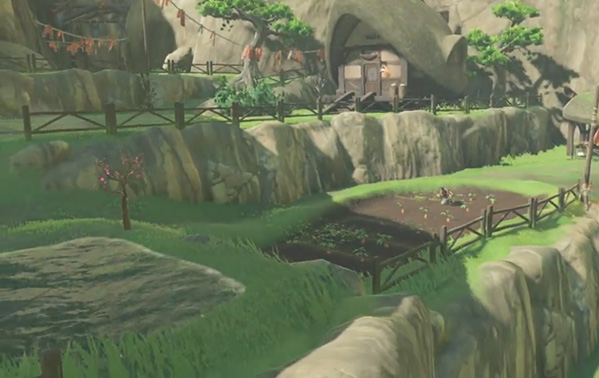
It’s no secret of mine that I enjoy a good video game every now and then, and I have fond memories dating back almost three decades playing my Nintendo Entertainment System, and games on the old Acorn BBC Microcomputer. Since those days, many machines have passed through my hands and with them a massive knowledge of different skills, including but not limited to gardening.
Video games and gardens actually have quite a strong bond. Some of the best-looking games have some of the best-looking gardens. The Assassin’s Creed franchise, games where you are plugged in to a machine which takes you back to many world-changing events of history, is a prime example of this. The series features luscious gardens from Renaissance Italy, the French Revolution, and most recently Industrial Revolution London just to name a few. You can literally jump the walls of Buckingham Palace and sit by the lake in the backyard of the Queen herself.
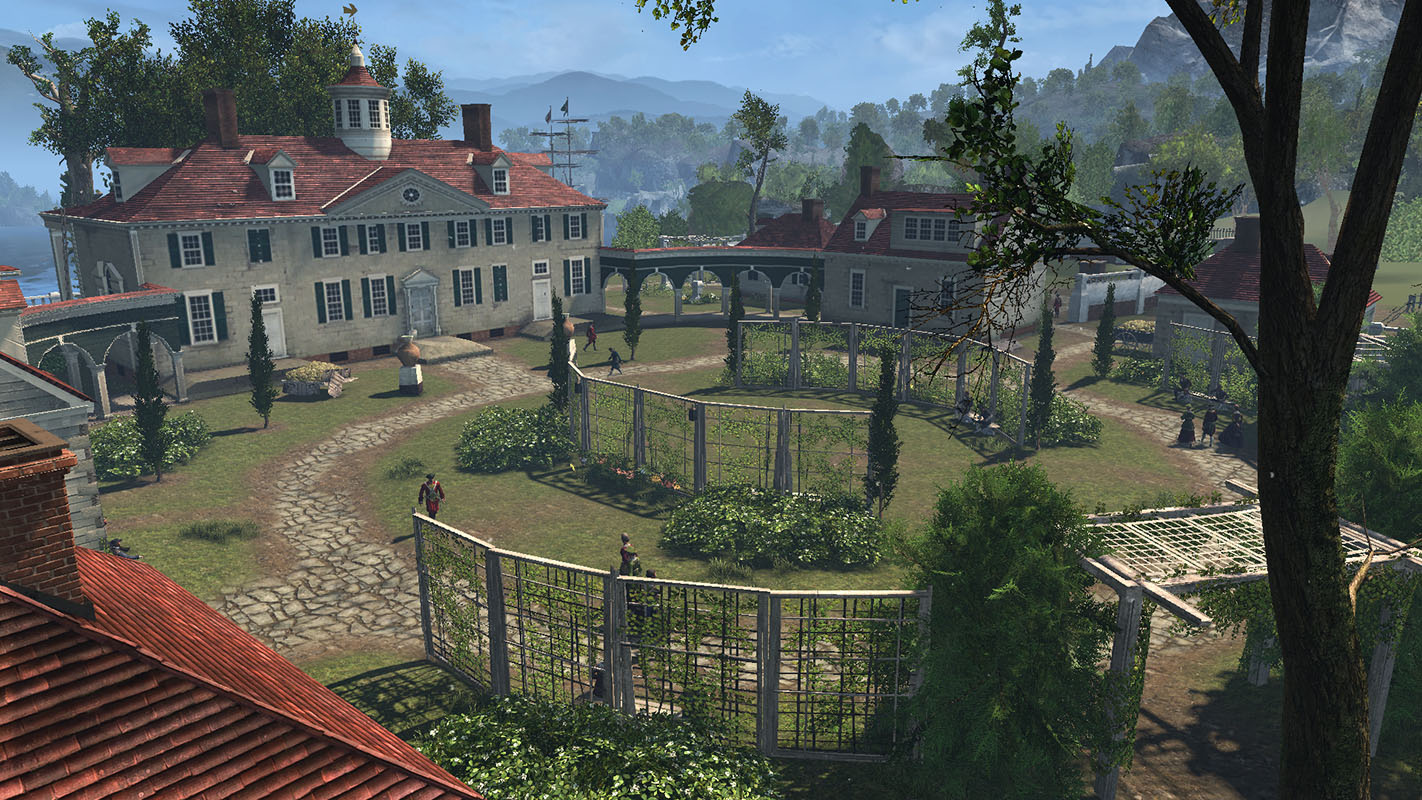
Did you know there are many games which allow you to be a gardener? In this article, I explore some old treasures, and how video games gave me sore thumbs but also green thumbs from a very young age. I also take a look at current games, and how players are actually contributing in active development of video games by helping the developers with testing different aspects of gardening to ensure accuracy.
Harvest Moon
For me, Harvest Moon was the first game I experienced active gardening where I literally had to be on my game if I wanted to reap rewards. There have been many Harvest Moon games over the years, but the idea in each remains the same. You are given an old decrepit farm with the task of turning it in to the most successful ranch in town, all while maintaining many relationships with the townsfolk. Harvest Moon always starts with gardening before it ventures in to farming animals, and before you know it you’re plowing a field and planting seeds. Potatoes, turnips, corn, all the essentials to begin your big business gardening adventure are there. You can also plant flowers to sell in town or to give to that person you’ve been admiring. It’s all a bit of fun, but incredibly educational at the same time.
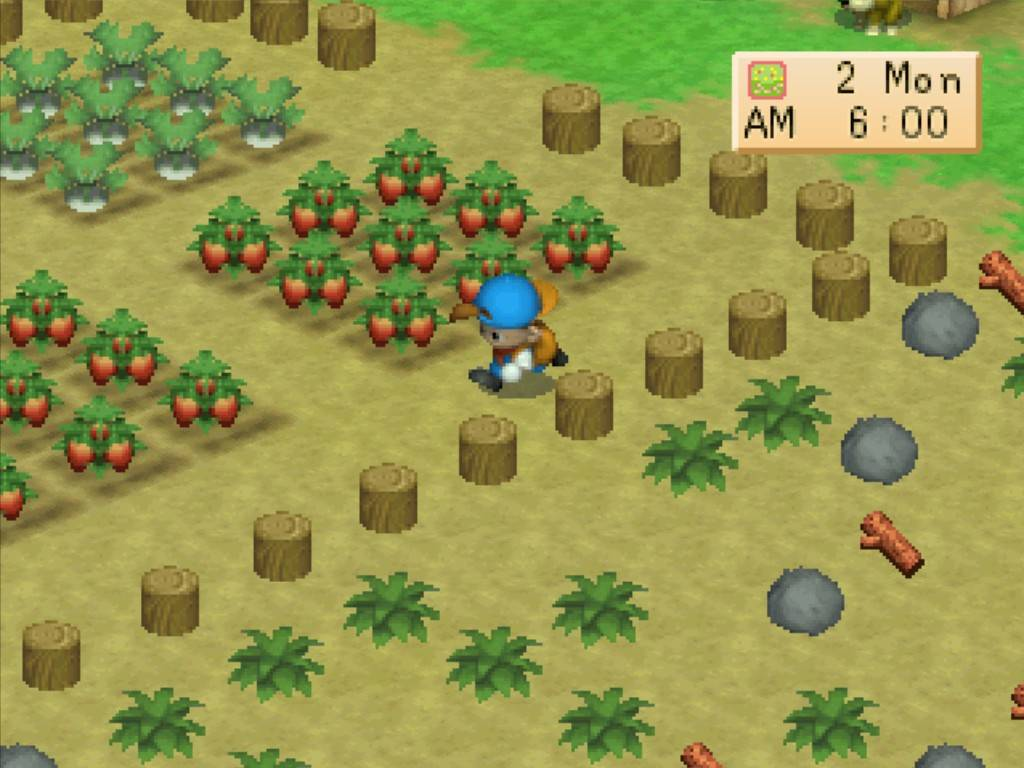
Harvest Moon soon becomes a game about time management, and despite only being only 10 years old, I was already figuring out the best way to plant my seeds in order to efficiently water them each day. Watching my crops grow every day while exploring the different locations of the games and talking to townsfolk about fruit, vegetables and flowers really helped me gain respect for gardens in real life, and I think it’s great to give children the opportunity to explore video games like this one. The Harvest Moon titles are available on Nintendo 3DS; however, the developers have been locked in a legal battle over who owns the name Harvest Moon, so we’ll see a game coming on Nintendo Switch, but it will instead be called Story of Seasons.
Stardew Valley
Rarely do we see success stories from independent developers, and for every million-dollar game there are thousands of failed ventures. Stardew Valley was one of the biggest computer game success stories of 2016 developed solely by American game designer Eric Barone. Eric said he wanted to create a game heavily inspired by Harvest Moon, but furthering certain aspects of the game including gardening. After just two months on the market, Stardew Valley had already sold over a million copies on PC, and is now available on Xbox One and PlayStation 4, with plans for a Nintendo Switch launch later this year.
So why is it so popular? Gamers have appreciated not only the nostalgia that Stardew Valley provides (as it feels more like the older Harvest Moon titles that they grew up with), but also the greater depth of tasks involved throughout the game. As you level up your gardening, you unlock new features like a bee house, preserves jars to make jam, and even a seed maker. The game has different seasons where only certain crops will grow, different types of fertiliser to enhance your crops, and even fruit trees which require a bit of planning and spatial awareness so as to not overcrowd your orchard. If all of this doesn’t sound tiring, this is all before exploring into the wonderful world of animals, and using their waste to create compost and other useful gardening items.
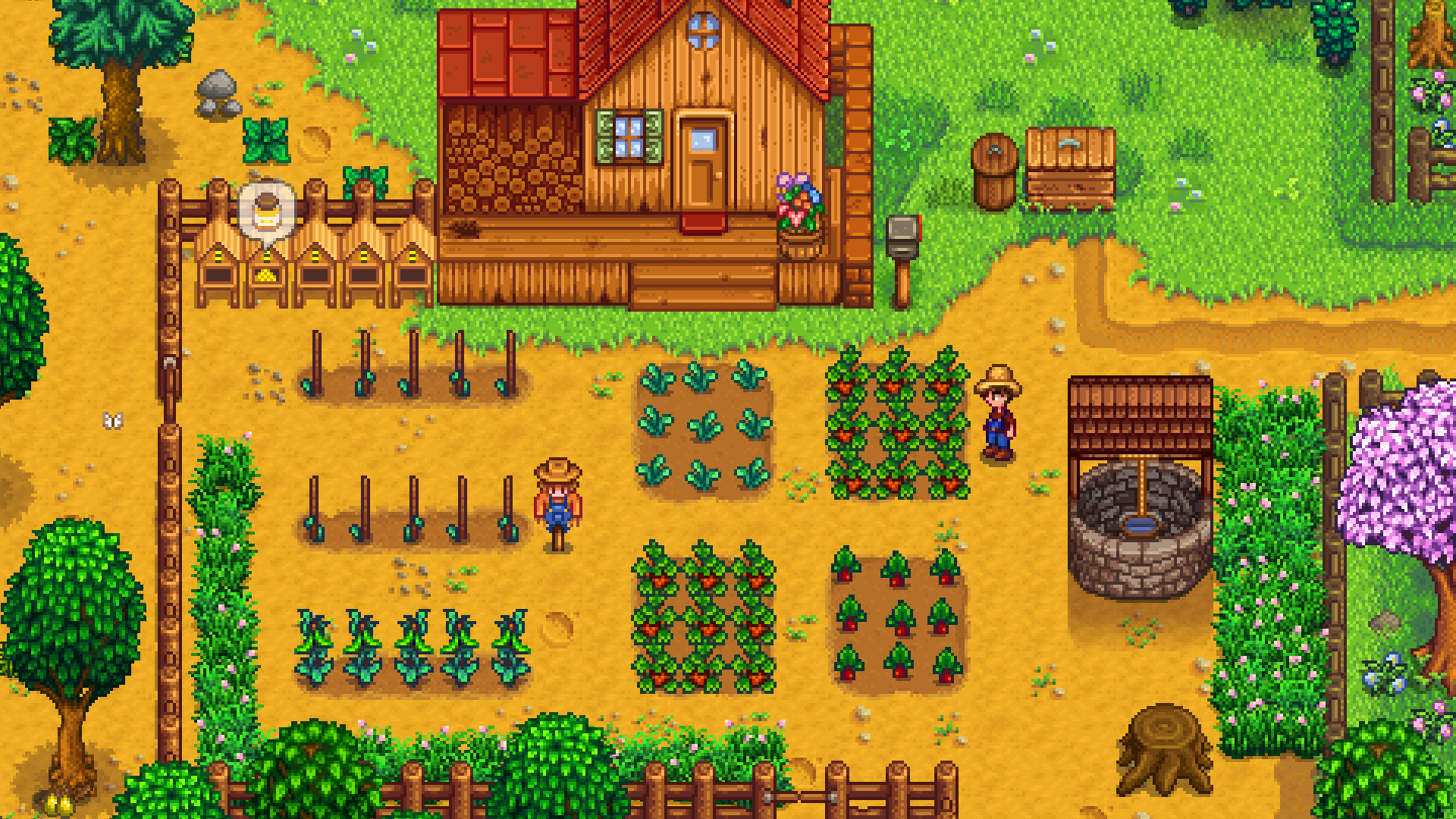
The best part about Stardew Valley is its price. At $14.99USD (on sale for $10USD every now and then), Stardew Valley would have to be the best value for money gardening game available on the market today.
FarmVille
Yes, it’s that game you’ve seen pop up on your Facebook feed a thousand times (No Jenny, I’m not interested in your Free Gift, I just want to stalk high-school friends). FarmVille is video game developer Zynga’s 2009 social network farming game, and helped turn the company into a billion-dollar empire, with its CEO Mark Pincus now worth a billion dollars too. It’s a very basic Adobe Flash game that runs through your Facebook browser, and held the position of most popular Facebook game for two years. What’s great about it, despite its low quality, is like Harvest Moon and Stardew Valley it’s essentially a farming game, and teaches you about growing and harvesting crops. As you level up in FarmVille, more expensive crops become available.
While FarmVille was a hit and a lot of your friends most likely played it, it lost its popularity very quickly, and subsequent sequels FarmVille 2 and FarmVille 2: Country Escape (including offline play) were nowhere near as popular. Sometimes you have to wonder, with literally billions of crops planted in FarmVille whether we should be planting these plants in real life instead of through a Facebook Flash game, annoying your friends with requests in the process!
Rust
Finally, I’d like to talk about a game which sits in a small cockle of my heart. Many hundreds of hours have been spent on Rust, a violent yet delicate survival first person shooter. In Rust, you wake up naked on the beach holding only a rock and a torch. From there your survival journey begins. Cut down trees, craft tools, mine resources, build yourself a base and be careful not to die. Rust is not a friendly game, it’s an open-world online game where most people will kill you for whatever small amount of resources you may have gathered. However, even in a game like this, there is a sophisticated gardening system.
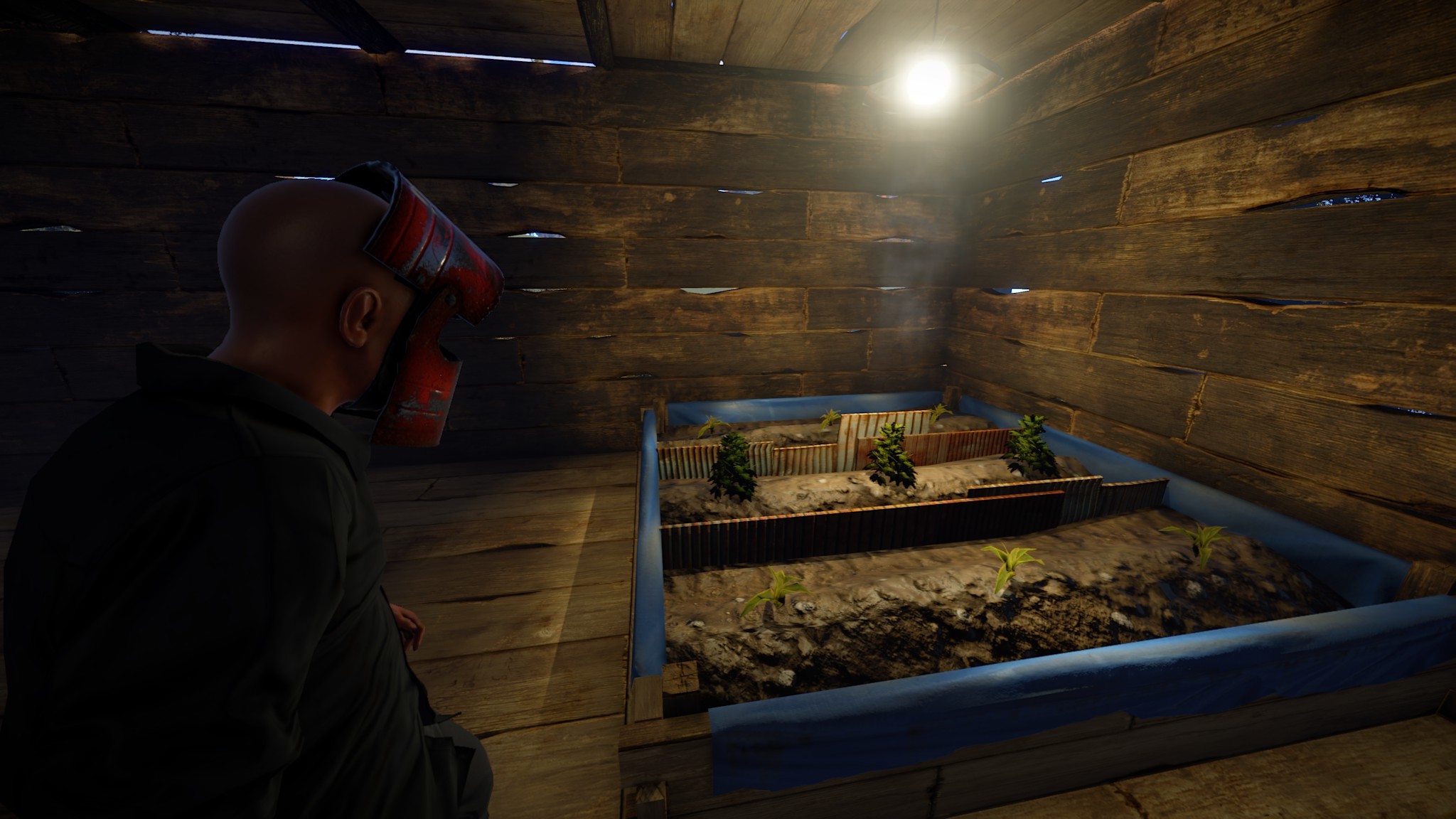
Rust is an early-access game where players can have open discussions with the developers about improvements, and we have seen a great amount of growth in the gardening department particularly over the past few months. Gardeners can now place planter boxes indoors or outside, plant a variety of seeds including corn, pumpkin and hemp (used for cloth, not smoking!) and watch their plants slowly grow. What separates Rust from other gardening games is a newly implemented genetics system where you have the ability to take a cutting from a plant which may be growing favourably, and then replant that propagated piece, selectively breeding a higher quality plant. That’s right gardeners, propagation in a violent survival shooting game.
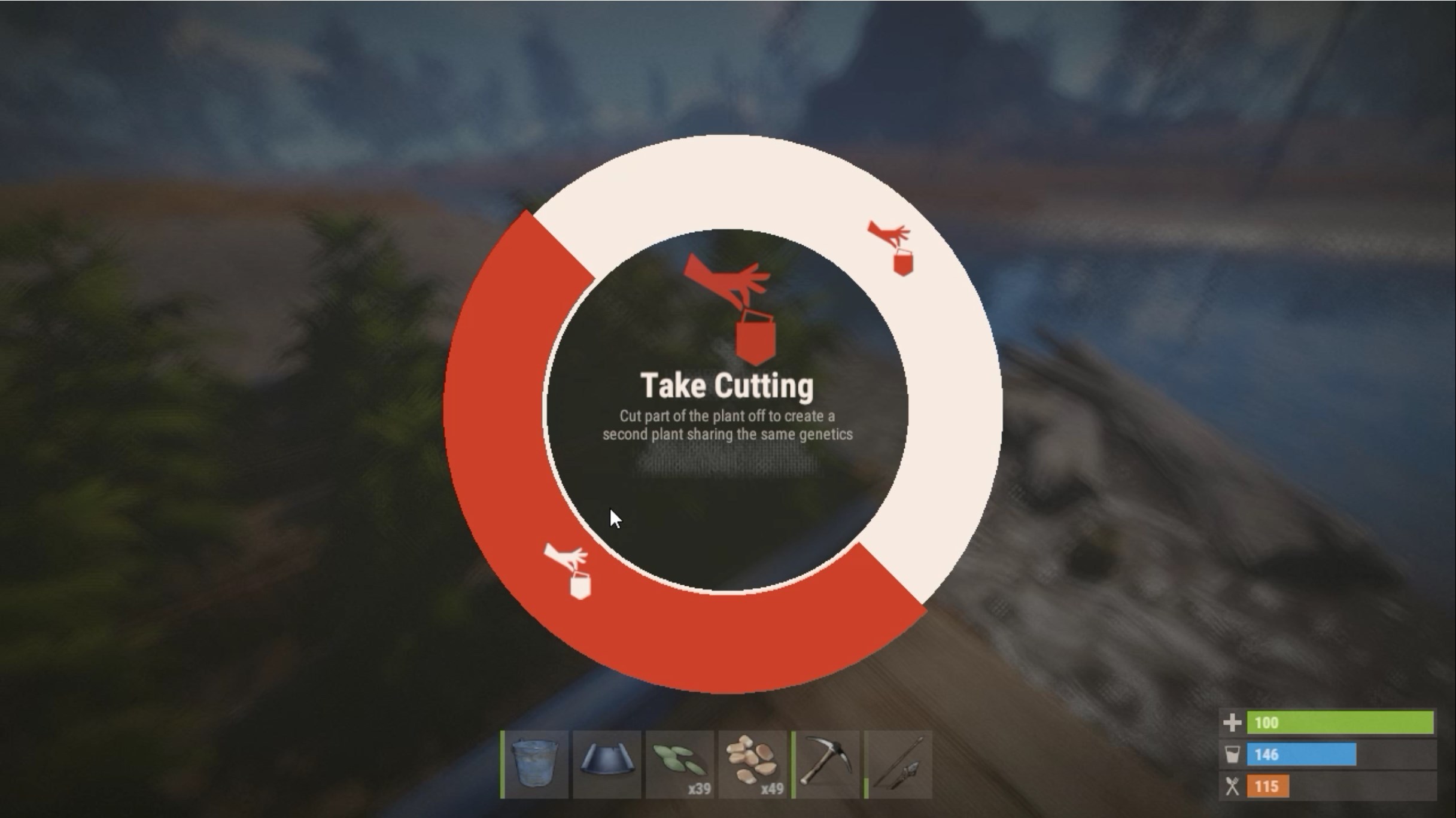
Every week Rust receives an update, and lately they have been heavy at work on the gardening aspects. Once the game is released we’ll likely see many other varieties of plants, and maybe the ability to grow plants in different ways such as vertical gardens, or hanging pot-plants. It’s a game where you’re limited only by your own creative – and the pesky other players looking to raid your base and destroy everything.
Gardening in video games is far more prominent than you may have thought. It’s an obsession of mine, and I think it’s great that people of all ages can experience gardening in the form of virtual media, whether in a basic farming simulator or a heart-pounding shooter. There is a massive catalog of gardening games and games which include gardening, across multiple platforms including consoles, computers, and phones/tablets. Go ahead and check out one from my list above, or seek out something new and exciting. You never know what you might discover about the wonderful world of gardens in games.
This article was also featured in the Foothills Magazine.

